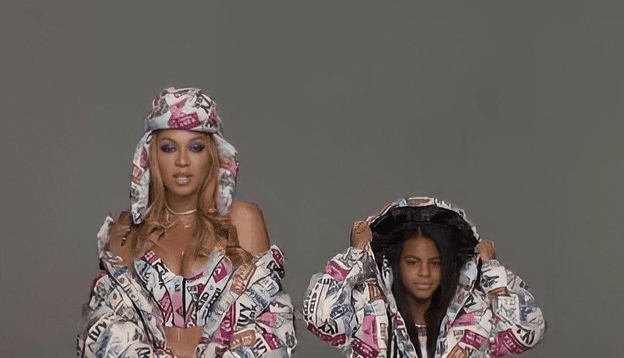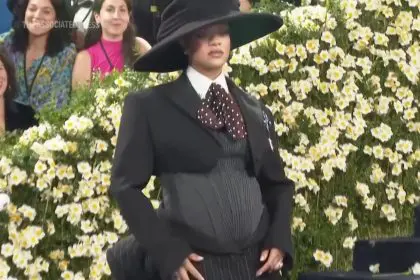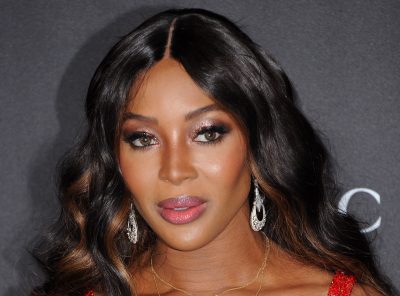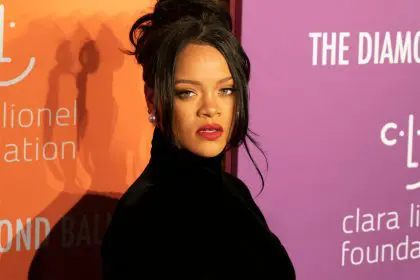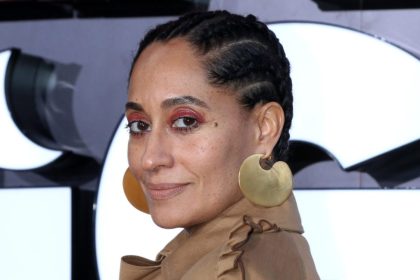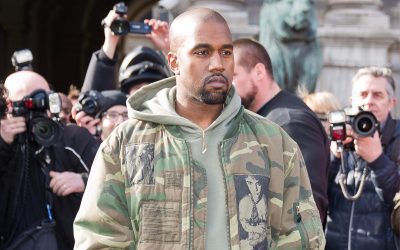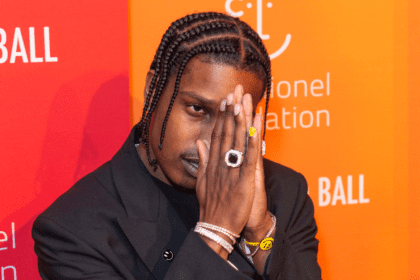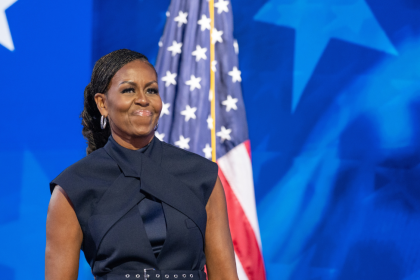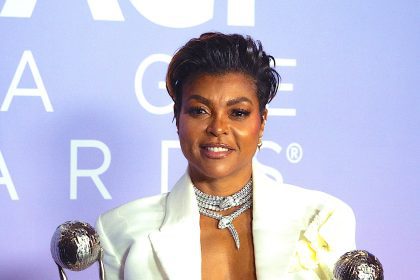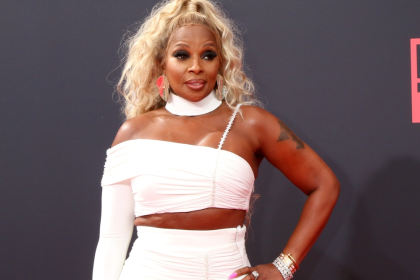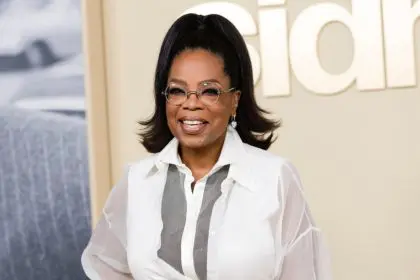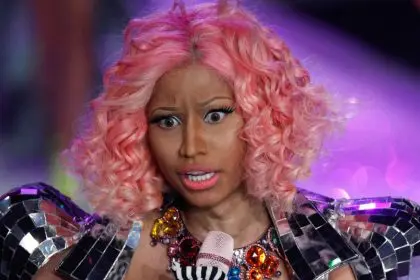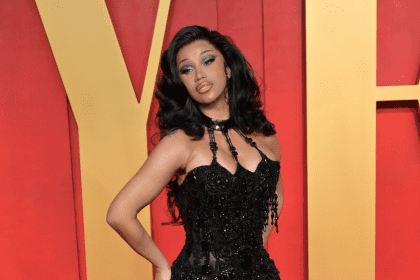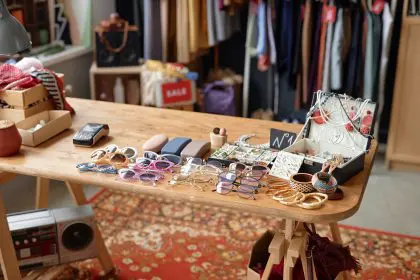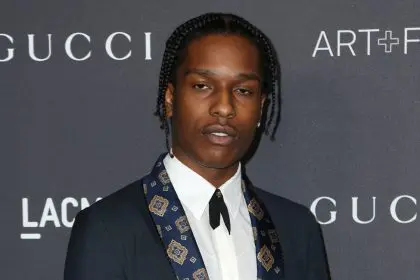When it comes to celebrity children, the court of public opinion can be ruthlessly unfair. The recent holiday season highlighted this perfectly when North West‘s Christmas ensemble sparked an entirely different reaction compared to similar outfits worn by Blue Ivy Carter. This disparity reveals uncomfortable truths about how society views young girls, especially when race enters the conversation.
A tale of two holiday outfits
During the festive season, North West appeared in a striking ensemble that turned heads: a mini-skirt paired with knee-high boots and a cropped blazer over a strapless corset. The outfit — while decidedly fashion-forward — received minimal criticism and was largely celebrated as trendy and age-appropriate. She danced and lip-synced to holiday songs on TikTok with her mom Kim Kardashian, garnering mostly positive attention for their mother-daughter bond.
Meanwhile, Blue Ivy Carter’s previous fashion choices — particularly at Disney’s Mufasa premiere — faced harsh scrutiny. Critics labeled her age-appropriate gown as “wildly inappropriate,” despite its modest design. This stark contrast in public reaction speaks volumes about the different standards applied to these young celebrities.
The hidden bias affecting young Black girls
Research from Georgetown Law Center on Poverty and Inequality back in 2017 revealed a disturbing trend: society tends to view Black girls as less innocent and more adult-like than their peers, starting as young as age five. This “adultification bias” directly impacts how people perceive their fashion choices and behavior.
When Blue Ivy steps out in any outfit, she faces a level of criticism that often seems disproportionate to her age and the actual clothing choices. Social media conversations frequently take a harsh turn, with critics applying adult standards to a young girl’s wardrobe decisions.
What the social media storm reveals about us
The online discourse surrounding both girls highlights a deeper societal issue. Comments across platforms show a clear pattern:
- When North wears trendy outfits, they’re often described as “cute” or “fashion-forward.”
- Similar or even more conservative choices by Blue Ivy face immediate criticism and accusations of being “too grown.”
- Discussion of Blue Ivy’s appearances frequently overshadows her actual achievements.
- The defense of North’s fashion choices often comes without the same scrutiny applied to her peer.
The real impact on young girls
This double standard doesn’t just affect celebrity children. The way we discuss these young public figures shapes how society views all young girls, particularly Black girls. The constant scrutiny and criticism can have lasting effects on self-esteem and identity formation during crucial developmental years.
Breaking down the media coverage
An analysis of media coverage reveals striking differences in language and tone. Articles about North’s fashion choices often use positive descriptors like “stylish,” “trendy,” and “following in her mother’s footsteps.” In contrast, coverage of Blue Ivy frequently includes terms like “inappropriate” or questions about parental judgment.
Social media’s role in perpetuating bias
Social platforms have become battlegrounds where these double standards play out in real time. Users often point out that if Blue Ivy wore exactly what North does, the backlash would be immediate and severe. This digital discourse reveals deep-seated biases that extend far beyond fashion choices.
Moving toward a more equitable future
The solution starts with awareness and intentional change in how we discuss young girls in the public eye. Rather than scrutinizing their outfits, we should focus on their achievements, talents and positive contributions to their communities.
Why we need to talk about this more than ever
As social media continues to blur the lines between public and private life, protecting young girls from unfair criticism becomes increasingly important. The way we treat celebrity children often sets the tone for how society views all young girls, making this conversation crucial for creating positive change.
Beyond the outfits and social media posts lies a deeper issue about how society treats young girls, particularly Black girls. By recognizing and addressing these double standards — especially within our communities — we can work toward creating a more equitable environment where all young girls can express themselves freely without fear of disproportionate criticism.

